Grasshopper With Macro Lenss
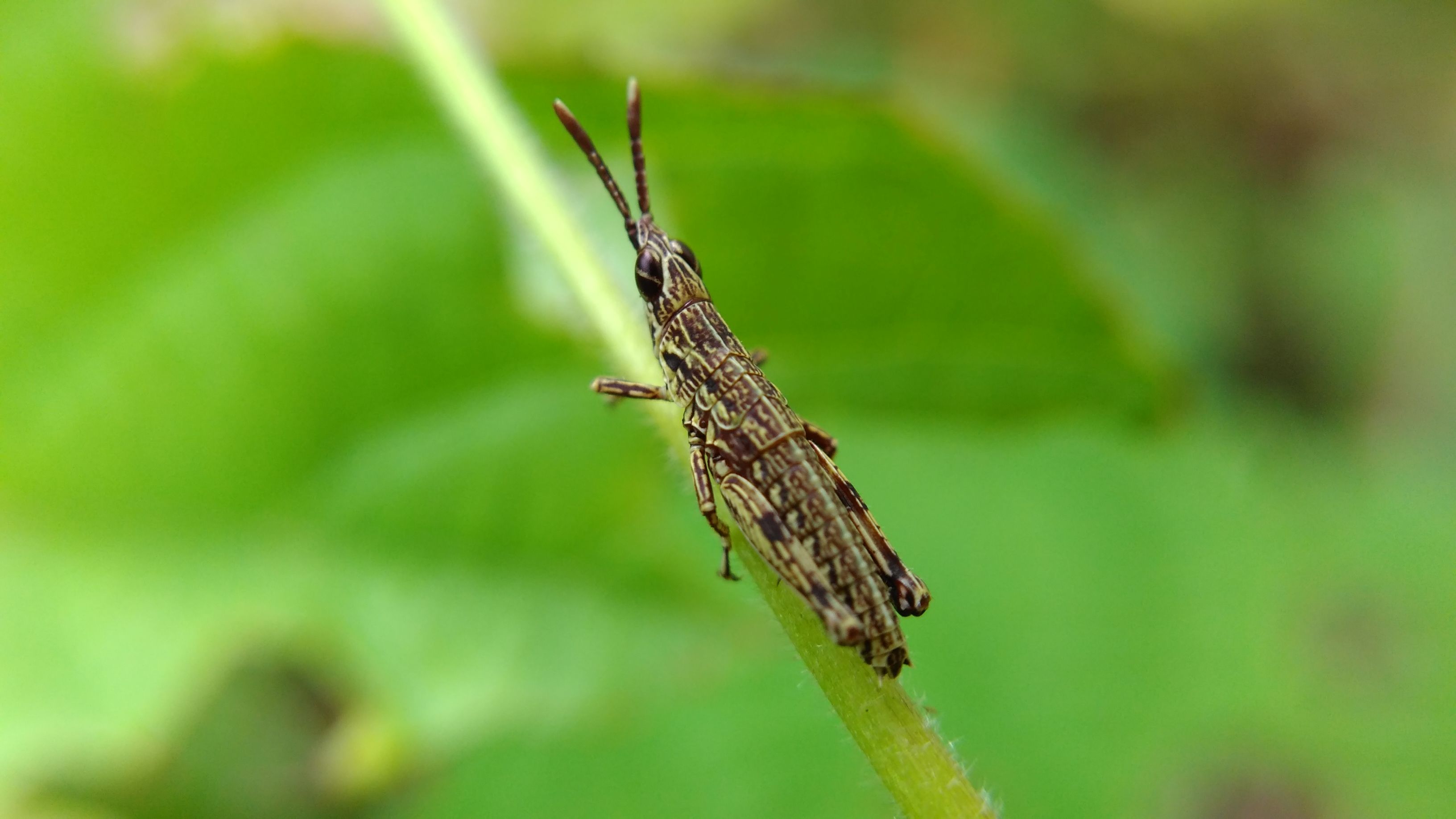
Grasshopper is an insect of the Caelifera sub-order within orthoptera order, which includes crickets and allies in other Ensifera sub-species. They are probably the oldest living group to eat herbivorous insects, originally from the early Triass about 250 million years ago. Grasshoppers are usually ground-dwelling insects with strong hind legs and overgrown many sharp spikes that allow them to escape from threats by jumping strongly. They are hemimetabolous insects (they do not have complete metamorphosis) that hatches from eggs into nymphs or "hopper" with five moults, becoming more like adult insects at each stage of development. At high population densities and under certain environmental conditions, some grasshopper species can change color and behavior and form a very large herd. In these circumstances they are known as grasshoppers and can become pests for farmers.
They protect themselves from predators by camouflage; When detected, many species try to surprise predators with brightly colored flashes when jumping and (if adults) launch themselves into the air, usually just flying in close range. Other species such as the grasshopper have a warning that precludes predators. Grasshoppers are affected by parasites and various diseases, and many predatory creatures feed on both nymphs and adults. Eggs are the subject of parasitoid and predatory attacks.
Grasshoppers have a long relationship with humans. Mosquito nets can have adverse impacts and cause starvation, and even in smaller amounts, insects can become serious pests. They are used as food in countries like Mexico and Indonesia.
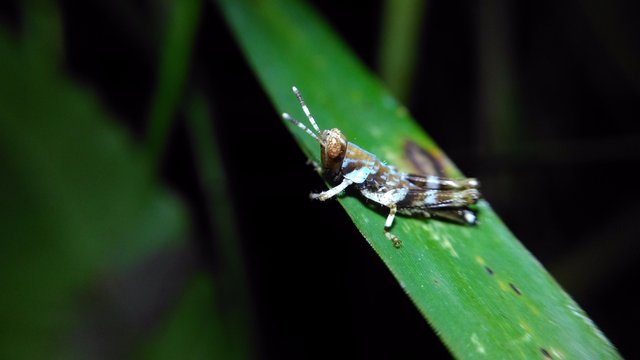
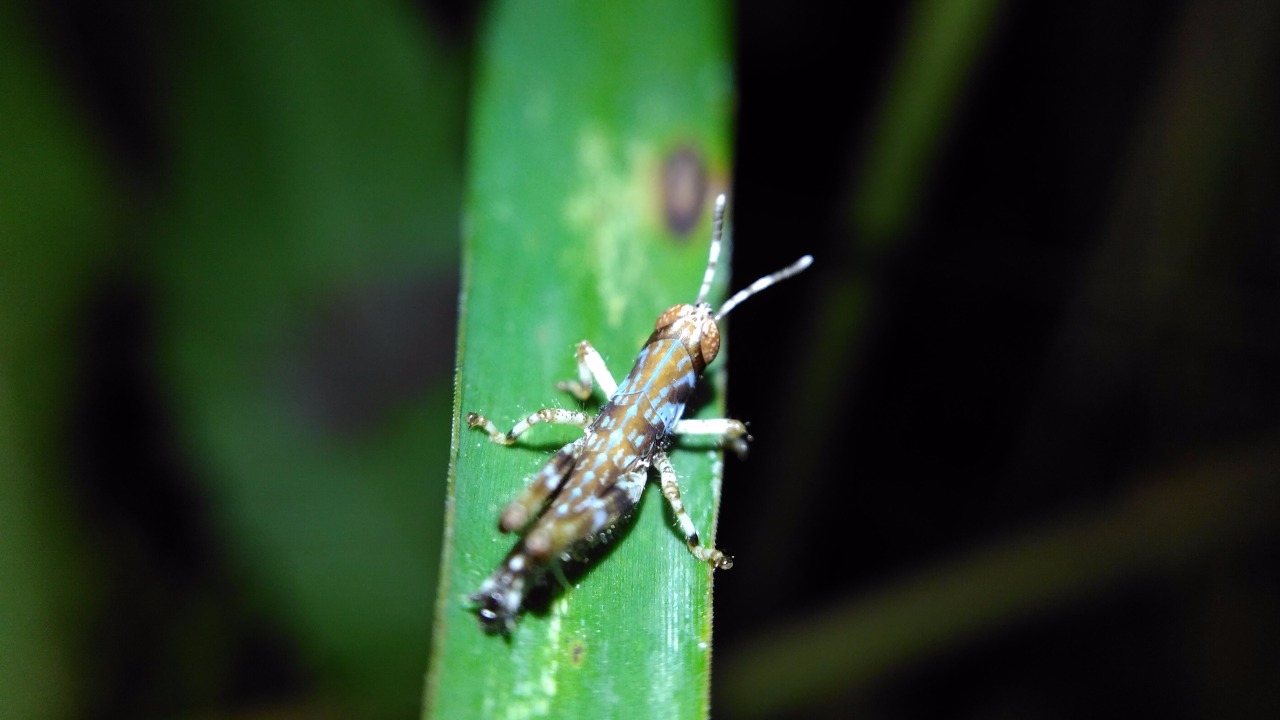
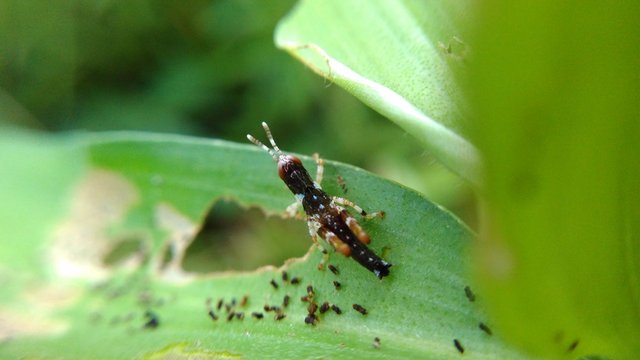
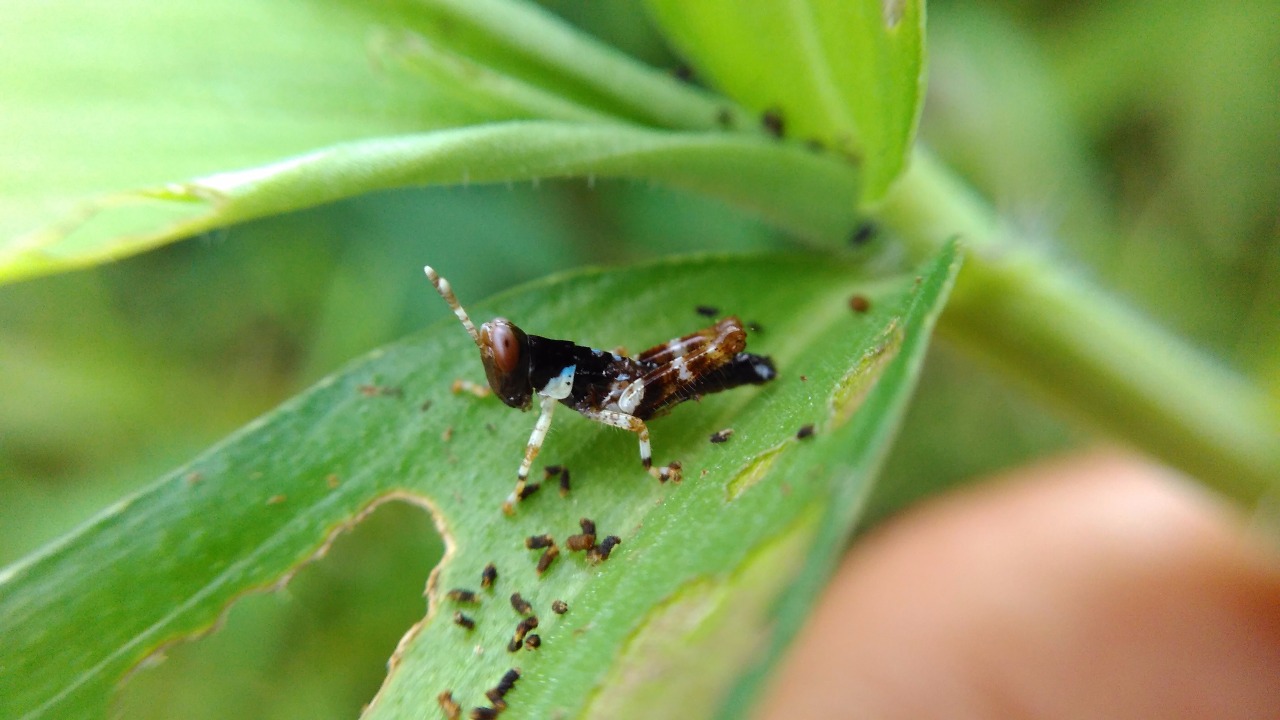
Grasshoppers have various predators at various stages of their lives; Eggs are eaten by the bees, the ground beetle and the blister beetle; hoppers and adults are picked up by other insects such as ants, raiders and sphecid bees, by spiders, and by many small birds and mammals.
Eggs and nymphas are attacked by parasitoids including fly flies, meat flies, and blowflies. The outer parasites of adults and nymphs include mites. The female females parasititis by the mites produce fewer eggs and thus have fewer offspring than the unaffected individuals.
Nematode locust (Mermis nigrescens) is a long, slender worm that infects locusts, living in hemocoel insects. Adult worms lay eggs on plants and the host becomes infected when the leaves are eaten. Spinochordodes tellinii and Paragordius tricuspidatus are parasitic worms that infect locusts and change the behavior of their hosts. When the worm grows sufficiently, the locust is persuaded to jump to the nearest water body where it sinks, allowing the parasite to continue the next stage of its life cycle, which occurs in the water.
Grasshoppers are killed by natural Metarhizium fungi, an environmentally friendly means of biological control. Trellis is affected by diseases caused by bacteria, viruses, fungi and protozoa. Serratia marcescens and Pseudomonas aeruginosa both have been involved in causing diseases of locusts, such as the entomopathogenic fungus Beauveria bassiana. This expanding fungus has been used to control various insect pests around the world, but despite infecting grasshoppers, the infection is usually not lethal because basking in the sun has a result of raising the temperature of insects above the threshold that can be tolerated by the fungus. ] Entomophaga grylli fungal pathogen is able to influence the behavior of its locust, causing it to rise to the top of the plant and stick to the stem when it dies. This ensured the widespread spore of mushrooms released from corpses. Fungal pathogens Metarhizium acridum is found in Africa, Australia and Brazil where it has caused epizootics in locusts. It is being investigated for possible use as a microbial insecticide for locust control. Microsporidian mushrooms Nosema locustae, which was once considered a protozoa, can be deadly to grasshoppers. It should be taken by mouth and is the basis for commercial bait-based microbial pesticides. Various microsporidia and other protozoa are found in the gut.
What a big Grasshopper ;) So amazing ***** for your excellent post :)
thanks
bereh..
bereh syit hahaha
Wow amazing colours on that grasshopper @fauzi86
Thank you very much